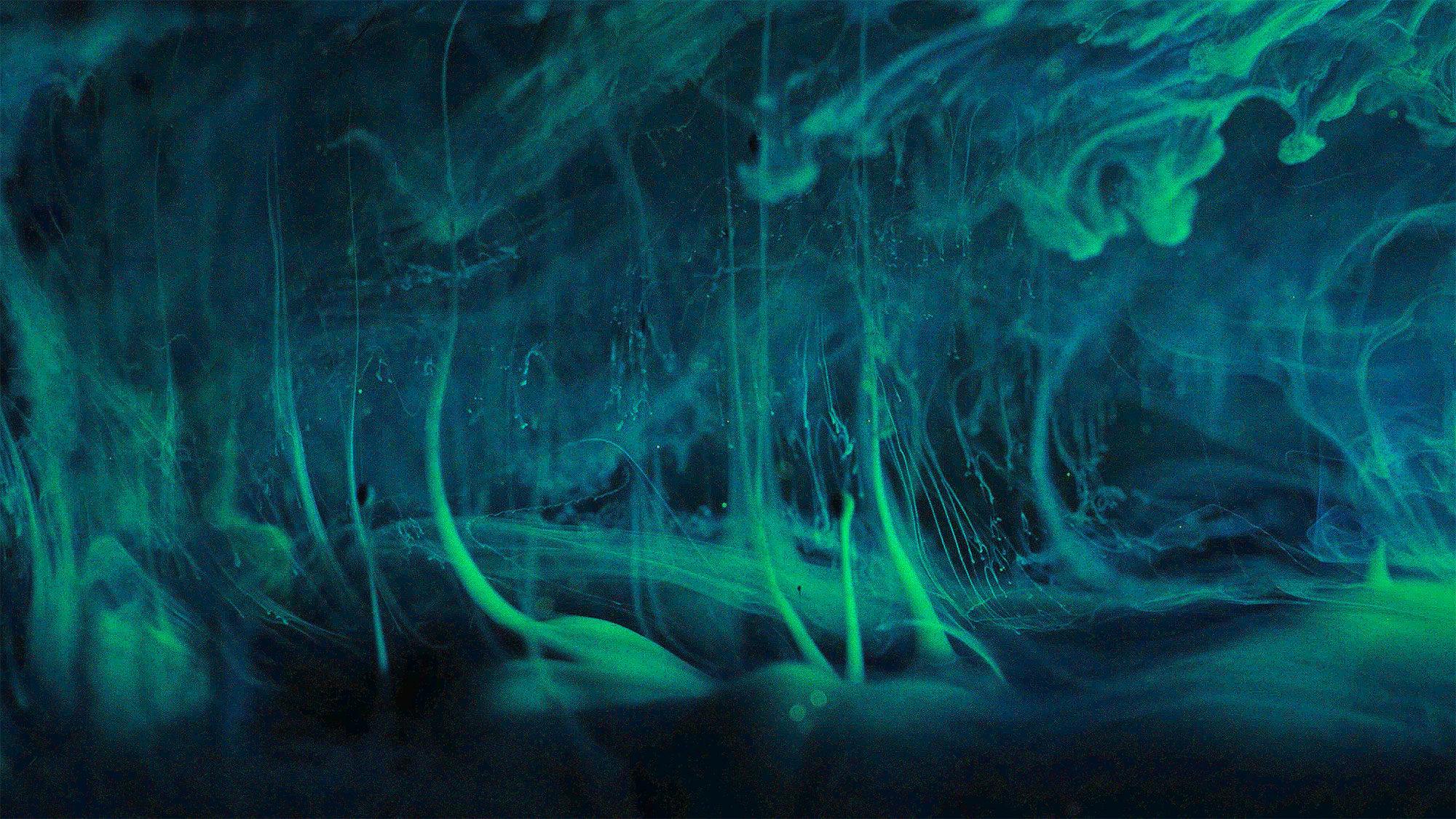Latest News
Worth's Folly – Bridgette Ashton excavates Plymouth's hidden history
Tuesday, 27 November, 2018 — BA (Hons) Illustraton Lecturer Bridgette Ashton created Worth's Folly as part of the city’s Plymouth Art Weekender to commemorate the accidental discovery in 1886 of Plymouth’s Palaeolithic Cattedown Cave.
<h5><a href="https://www.aup.ac.uk/courses/undergraduate/ba-hons-illustration" target="_blank" rel="noreferrer noopener">BA (Hons) Illustration </a>Lecturer <a href="http://bridgetteashton.co.uk/" target="_blank" rel="noreferrer noopener">Bridgette Ashton</a> was awarded the History Commission, from Visual Arts Plymouth and The Box, Plymouth, to create a temporary public art commission earlier this year as part of the city’s Plymouth Art Weekender.</h5>
<p>Artists were invited to produce an artwork that helps to unlock and uncover stories from Plymouth’s rich heritage. Bridgette’s creation, <a href="http://bridgetteashton.co.uk/portfolio/worths-folly/" target="_blank" rel="noreferrer noopener">‘Worth’s Folly’</a>, commemorated the accidental discovery in 1886 of Plymouth’s Palaeolithic Cattedown Cave. The works highlighted links between the little-known cave and Plymouth Atheneum, where the cave’s excavated finds were initially displayed, and subsequently partially destroyed, during the Blitz.</p>
<p>A sculptural structure, suggesting the proportions and scale of the cave at Cattedown Wharf, was temporarily placed close to the Athenaeum building in the city centre. It was placed adjacent to key buildings relevant to the city’s pre and post-war destruction and reconstruction. To accompany the structure, nearby hoardings surrounding a derelict site housed information boards contextualising aspects of the caves and the Athenaeum.</p>
Worths Folly sculptures by Bridgette Ashton
<p>Integral to the project were a series of guided visits to the site of the caves, whose exact location is not widely known throughout the city. Pre-booked minibus excursions transported participants to the cave’s location, where a guided tour to the anonymous site proposed multilayered histories and narratives. An accompanying guidebook showcased the faunal and human remains found in the cave.</p>
<p>Bridgette’s practice includes sculpture, print, drawing, publications and participatory works, including walks. Her recent work has looked at redundant or overlooked sites, objects and archives. Her scale-models, depictions and proposals engage with the histories and narratives of sites and locations. Over the past ten years she has created a number of projects exploring areas and subjects related to Plymouth.</p>
Worths Folly billboards
<p>“Previously I had made a series of works looking at various caves and underground excavations which once had some kind of significance or importance, but which were no longer accessible,” Bridgette said. “The works I made in response to these sites and locations acted as kind of commemorations or memorials, and were often realised as sculptural scale models using plans, descriptions and archive photographs as reference.</p>
<p>“Subjects included a cavernous cliff cave in North Cornwall which had, up until the 1920s, been used as a summer concert venue for up to a thousand visitors but which became 'unsafe' and was dynamited (without public knowledge) in the 1980s. Another underground phenomena I became fascinated with was a subterranean bathing complex in Margate in Kent, built in 1824. This architecturally important structure, featuring an underground seawater plunge bath and bathing machine tunnel, went through numerous redevelopments and fell into gradual dereliction.”</p>
Bridgette Ashton prepares to lead the Worths Folly tour
Worths Folly macquettes by Bridgette Ashton
<p>“I began looking into the history of the Cattedown Cave about five years ago. The cave was unearthed (and partially destroyed) during quarrying in the 1890s. Paleolithic bones including 15 human skeletons were discovered there by R N Worth, a one-time president of the Plymouth Athenaeum. The bones were displayed in the Athenaeum until the building was gutted by an incendiary bomb during WW2. The few surviving fire-damaged remains of Worth's finds were retrieved and later displayed in Plymouth City Museum.”</p>
<p>“‘Worth's Folly’ was intended as a commemoration or celebration of the cave itself and also as testament to the fate of its contents. The sculpture and guided walks during the Art Weekender were presented in a way to encourage dialogue, exchange and contributions from participants and audience.”</p>
<p><strong>For more information on Bridgette's exhibition and previous works, <a href="http://bridgetteashton.co.uk/" target="_blank" rel="noreferrer noopener">take a look at her website</a>.</strong></p><ul><li><a href="https://www.aup.ac.uk/courses/undergraduate/ba-hons-illustration">Find out more about our BA (Hons) Illustration</a></li><li><a href="https://www.aup.ac.uk/posts/whats-on-plymouth-art-weekender" target="_blank" rel="noreferrer noopener">Read all about the annual Plymouth Art Weekender</a></li></ul>
